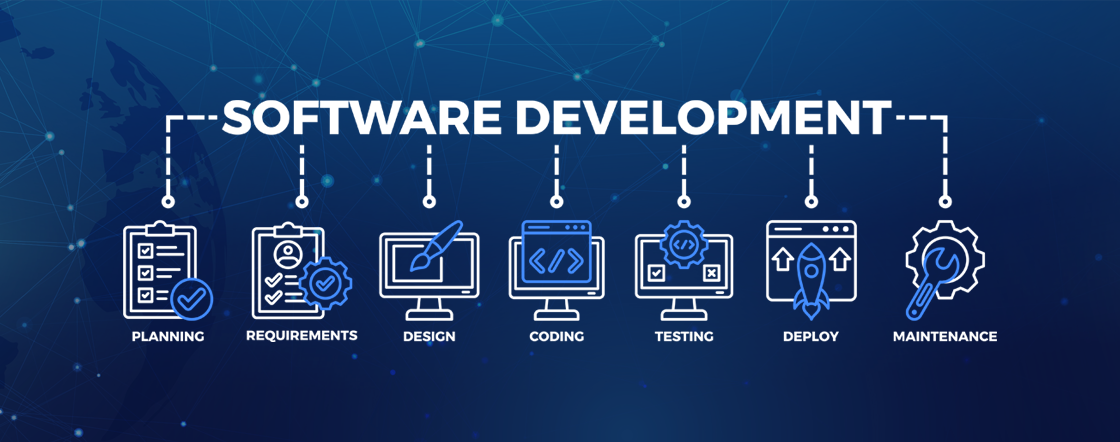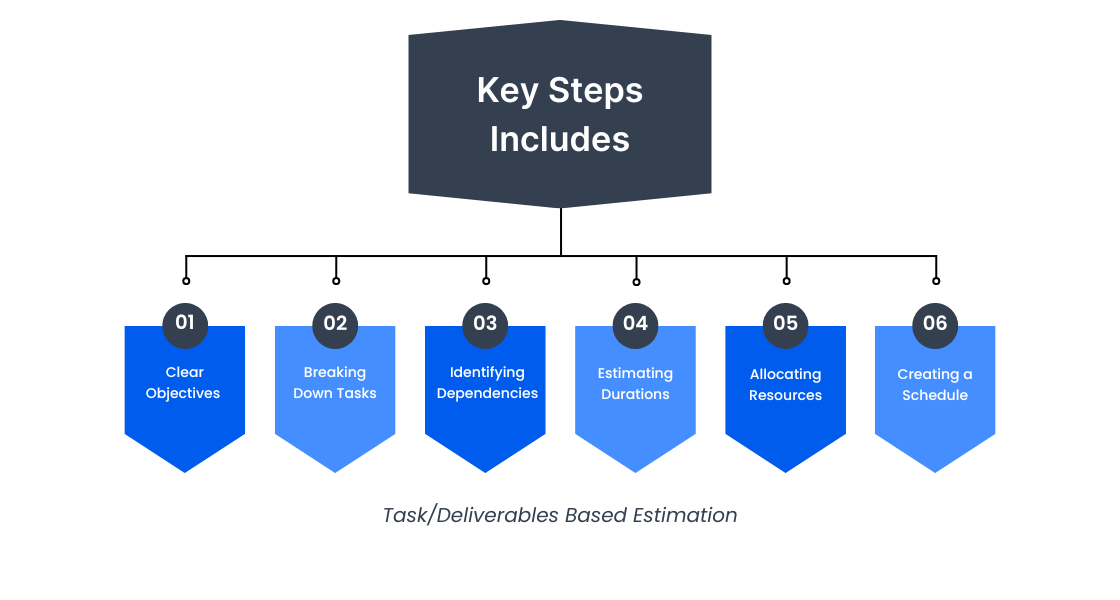
Components of A Well-Structured Project Estimate

- Scope of Work encompasses a detailed description of the project's deliverables. It should outline the functionalities, features, and requirements of the software.
- Cost Estimation refers to the financial resources required to complete the project. It should include staffing, technology, infrastructure, and other expenses.
- Time Estimation involves predicting the project's duration, a key aspect of software development estimation. It should cover all stages of the software development life cycle.
- Resource Estimation pertains to the human resources, hardware, and software needed for the project's execution.
- Risk Analysis includes identifying potential challenges or risks that could impact the project's timeline or cost and the strategies to mitigate them.
- Assumptions and Constraints enumerate any assumptions made during the estimation process and any constraints that could affect the project's execution.
Good & Bad Estimation in A Software Development Project
Good estimation involves accurately predicting project outcomes based on realistic assumptions, reliable data, and informed judgments. It helps in effective project planning, resource allocation, and risk management. Bad estimation, on the other hand, results from inaccurate data, incomplete requirements, overconfidence, or lack of expertise, leading to project delays, and client dissatisfaction.
Good & Bad Scheduling in A Software Development Project
Resource Allocation & Work Allocation
Resource allocation involves assigning available resources (e.g., team members, equipment) to specific tasks or activities based on project requirements and constraints. Effective resource allocation ensures that resources are utilized efficiently and project objectives are met within budget and schedule constraints. Work allocation involves distributing tasks and responsibilities among team members based on their skills, expertise, and availability, ensuring a balanced workload and optimal productivity.
- Internal team collaboration increases productivity
- Collaborating with external stakeholders increases innovation
- Strong team leadership
- Clear goals and purpose
- Standardized operating procedures
- Diversity
- Bonding time
- Transparency
- Inspection
Work Breakdown Structure (WBS)
A WBS can divide a ten-month project into ten one-month projects, making it much more manageable and easy for analysis.
Activity-Based Estimation
Task/Deliverables Based Estimation

How to Confirm if That Project Estimation is Genuine?
Conclusion
Shivani Kaniya